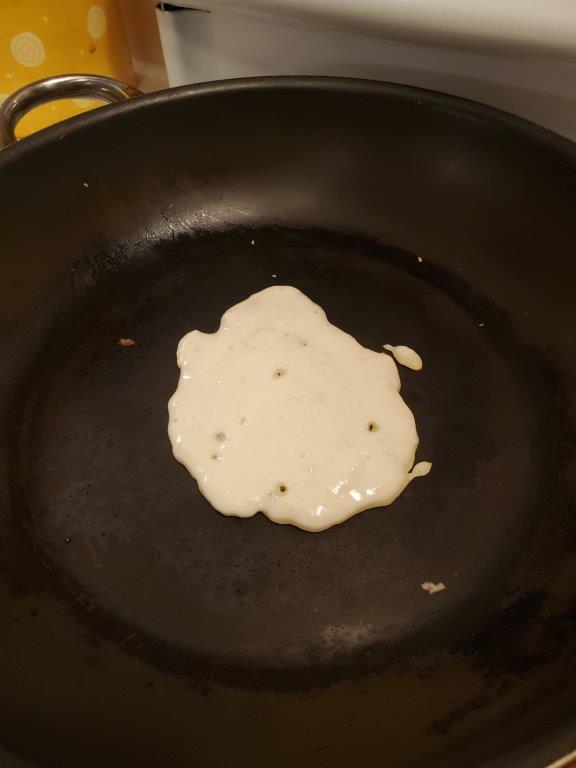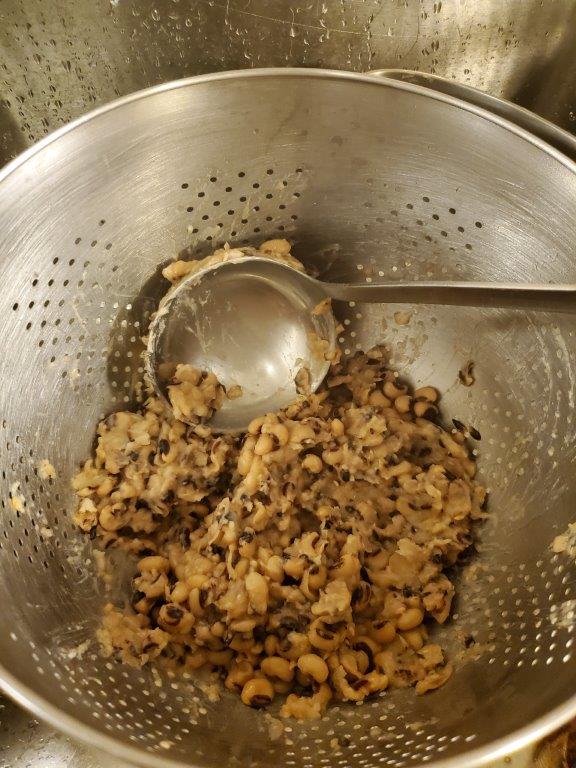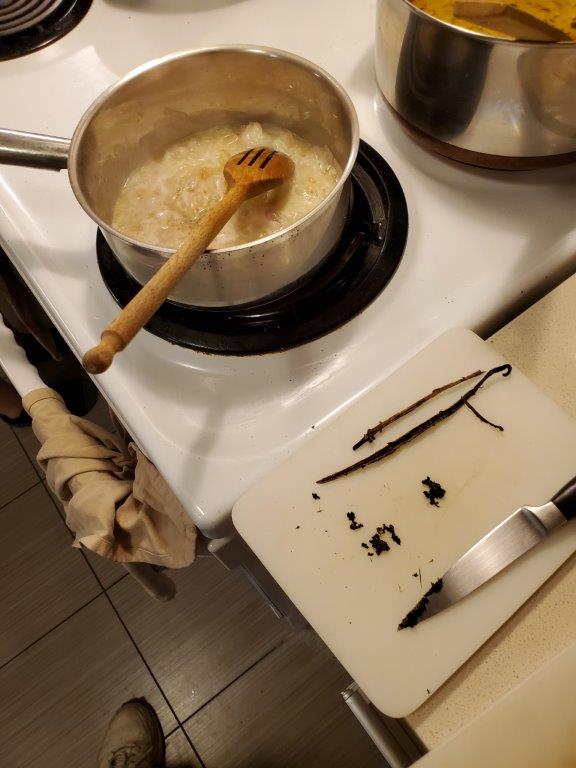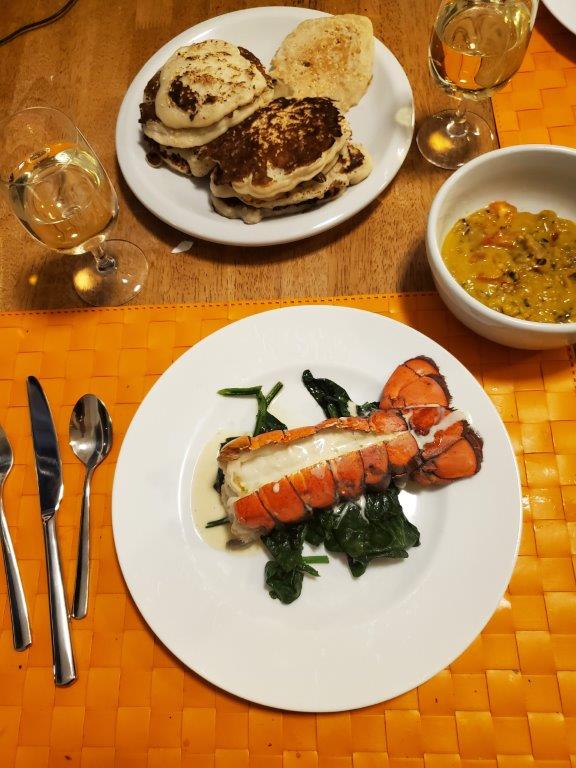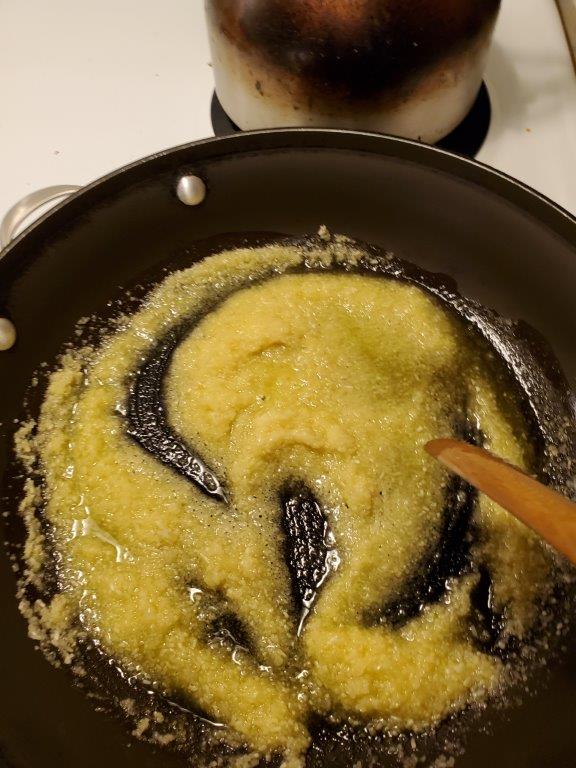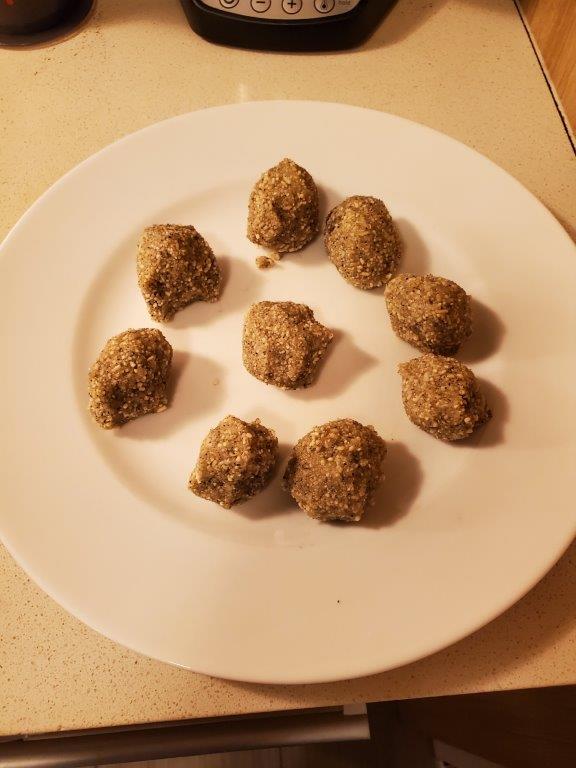It’s pretty easy to see why this blog has been updating a lot more recently of late – after the world ended in March, we aren’t spending every weekend officiating roller derby. With everything shut down, there’s just a lot less to do. The upside is that roller derby is a very expensive hobby. With less money going to travel and gear, it’s easier to justify splurges in other areas.
On a possibly related note, the national dish of Comoros involves lobster and fresh vanilla.
For those who don’t play a lot of Sporcle quizzes, Comoros is a tiny island nation off the east coast of Africa. It’s been settled and/or colonized at various times by Africans, Arabs, southeast Asians, Europeans, and possibly Shriners, who knows? It gained independence in the 1970s. Since then has suffered through over 20 coups, and has the highest income inequality in the world.
On its face, a dish of lobster and vanilla would seem to be something that only a very tiny proportion of such a divided society could enjoy. Then again, both are local ingredients in Comoros, unlike in the Pacific northwest. Ultimately, we just don’t know to what extent this is food that the average Comoran could enjoy on any sort of regular basis. But it is unanimously agreed to be the national dish, so let’s do this.
Before we get to the main dish, however, let’s make our sides. First up, Mkatra Foutra, a traditional bread frequently eaten with breakfast. Which is not surprising, because it’s basically indistinguishable from a pancake. You proof some yeast, then mix it with flour, egg, and salt to make a shaggy dough. You then turn that dough into a batter using (this is the distinctive part) coconut milk, rather than water.
And here we ran into our FIRST seeming recipe error of the evening. Folks, when the recipe calls for yeast, but has no rising time at all, you should probably at least CHECK to see if there’s an error in the recipe. Some post-facto Googling reveals that pretty much every other version of this besides the one we used calls for letting the dough / batter rise for an hour before cooking.
But we didn’t do that, so into the pan they went!
Sure looks like a pancake, doesn’t it? Tasted like one, too, although the sesame seeds on top gave it a slightly different crunch. Didn’t stop us from putting maple syrup on the leftovers the following morning. (Pictures of the fully cooked version down below.)
Our other side dish uses much less expensive ingredients than the main dish. Beans, tomatoes, cumin, coconut milk… wait, HOW much saffron?
Never mind.
This curry actually calls for pigeon peas, which we’ve used on previous occasions. But we have reached peak legume storage capacity in our kitchen.
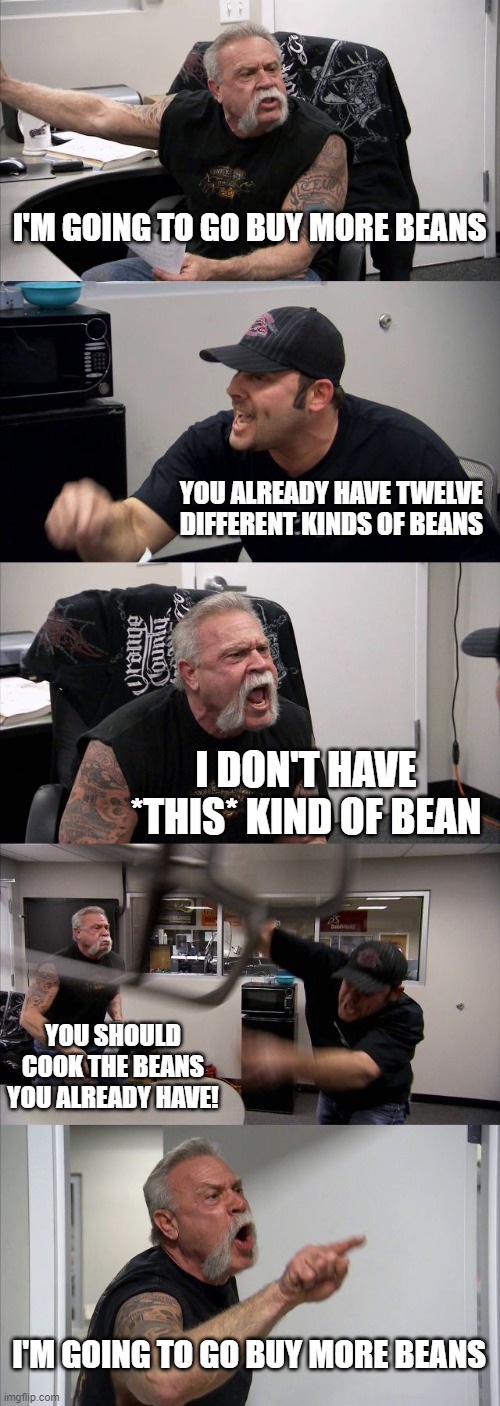
You can decide for yourself if this is an argument we have between the two of us, or if this is just my inner monologue. Either way, “cook the beans you have” won this time, and we decided to use black eyed peas, which are a staple in many African dishes, and therefore ruled by the judges (our cats) to be a valid substitution.
The peas get a quick cook in the instant pot, and then somewhat mushed up with the back of a ladle.
Next they get tossed into a pot with coconut milk, cumin, tomatoes, and… how much saffron?
It’s quite a bit – that’s the ONLY source of the color in this picture, and you can see it’s a really stunning shade of yellow.
The ingredient list also calls for a tomato, but completely neglects to mention when to toss it in. Since we didn’t notice until we were ready to eat, we just tossed it in raw. This is probably not authentic, but it was actually really tasty that way – the acidity was a nice contrast to the richness of the beans and coconut milk.
Time for the main event! Leigh’s one request was that I NOT bring home a big live lobster and murder it in the kitchen. While I personally believe I have it in me to do the dirty deed, it turns out not to be the right choice for this dish anyway.
There’s two kinds of lobsters you can generally find for sale in North America – whole North Atlantic lobsters, and lobster tails from rock or spiny lobsters. The whole ones are what you think of when you think about New England lobster dinners – big suckers with claws full of meat.
Well guess what? Those things aren’t native to the Indian Ocean. Instead, the lobsters you find there are much closer to Pacific spiny lobsters. When you buy those, you only ever get tails, rather than whole lobsters. Why? Why are we denied spiny lobster claws?
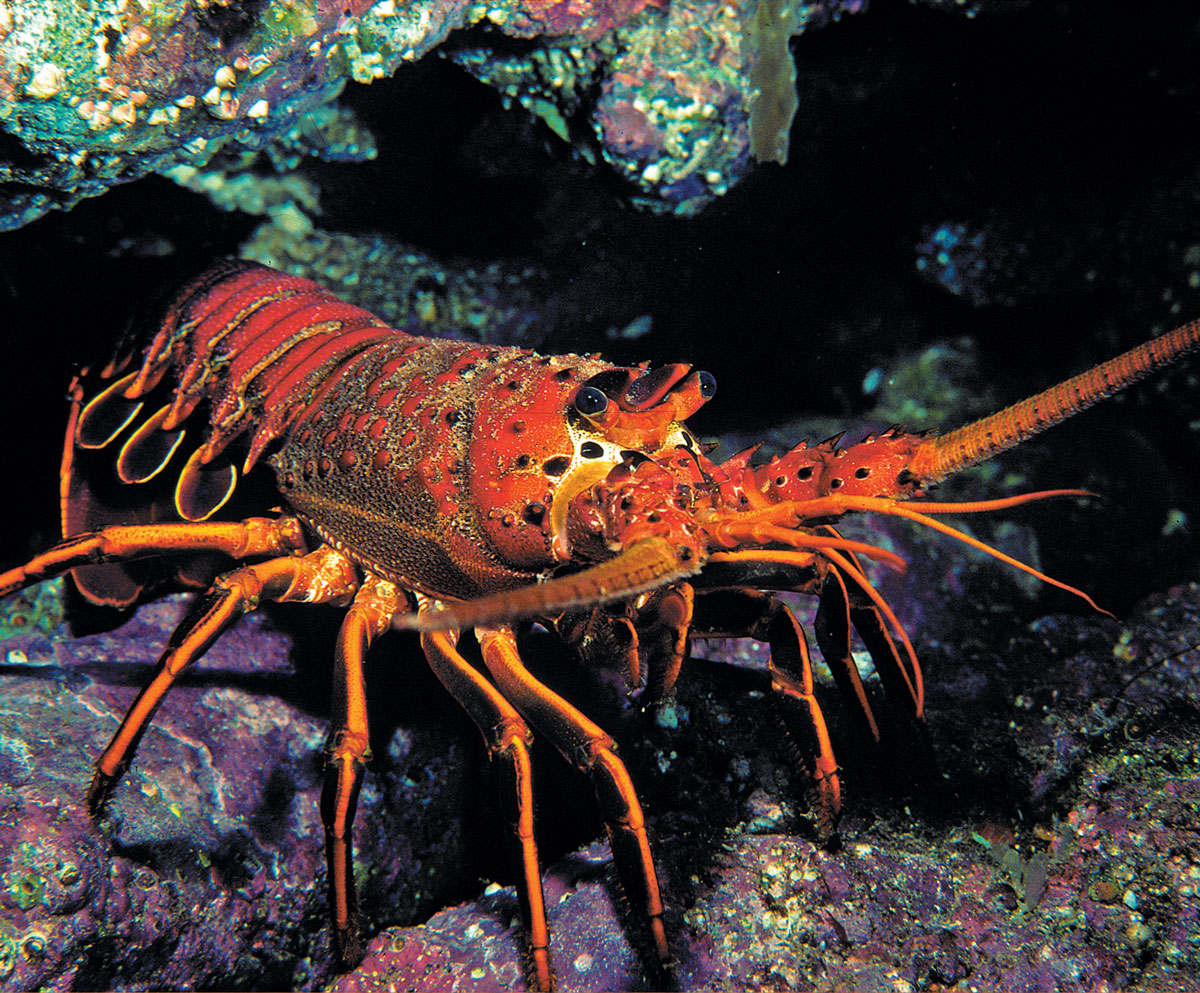
Because they don’t have any, that’s why. (Photo by Marty Silverman, from his article in Dive Training Magazine. Used without permission. Marty, if you have an issue, let me know, and I’ll take it down.)
Marty’s a much better photographer than I am, but here’s what our Pacific lobster tails looked like before cooking:
In case you weren’t aware, the only turn red AFTER they’re cooked. But since that only takes about 5 minutes under the broiler, we better get cracking on the sauce!
First we sautéed shallots in butter, then added white wine, the seeds from a vanilla bean AND vanilla extract. Scraping vanilla beans is fussy work, but oh so worth it. After this has reduced a bit, in goes heavy cream. The sauce reduces until the lobster is ready, then you strain out the shallots and pour the liquid over the lobster. The whole thing is served over wilted spinach.
Here’s our best attempt at food porn for this meal:
Probably not up to Marty’s standards, but it still looks tasty, doesn’t it? Here’s the full spread, with some more of the white wine.
This was a luxurious meal, no two ways about it. Vanilla cream sauce over lobster, accompanied by beans with saffron. We are well aware that we are super privileged to be able to do this, and we certainly wouldn’t do it every day.
But man… it sure was good. Vanilla and lobster are both amazing flavors, and neither one makes the other worse, that’s for sure. And the beans were rich and delicious.
So what about dessert? Well, that turned out to be yet ANOTHER case (three out of four, if you’re keeping track at home) where the recipe seems to have failed us a bit. We decided to make an Indian inspired sweet called a Ladu, which is made with rice flour on the continent. THIS version, on the other hand, called for ground raw rice. ?? OK, let’s go with it. First, you cook the rice in ghee “until it is cooked well.”
I’m not sure how long that is, but I’m also not sure it’s actually achievable without, you know, water. I don’t think rice can become fully cooked with just fat. This rice certainly didn’t. Other commenters on the internet have made the same observation. The problem is that while there are a number of sites that have a recipe for Comoran Ladus, they all have the same recipe, clearly cut-and-pasted from some Platonic ur-recipe only glimpsed by the people in the cave in the story of the cave by the Greek guy. (no one knows my plan…)
Anyway.
Moving on, the rest of the ingredients aren’t too complicated – powdered sugar, cardamom and a surprising amount of black pepper. Mix into balls, and refrigerate, because there’s nothing else holding them together but ghee and prayer.
Taste-wise, we have to admit they’re pretty good. Cardamom and sugar are a winning combination, of course, and the black pepper adds a fun biteyness. However the texture was… well, it was ground up, uncooked rice. We ate them, because they were tasty, but it was “lose a filling” Russian Roulette each time we did. So far, we’ve won, but we probably won’t play again after this batch is gone.
And that’s Comoros! We hope they enjoy a bit more political stability soon, because their food is delicious, if unevenly documented. Next off we’re off to the Republic of the Congo, which is more or less equally as democratic (i.e., not terribly) as the Democratic Republic of the Congo next door.
Recipes:
Broiled Lobster Tail With Vanilla Sauce
Mkatra Foutra (Comoran Flatbread)
Pigeon Peas in Coconut Milk (In French)
Ladu

